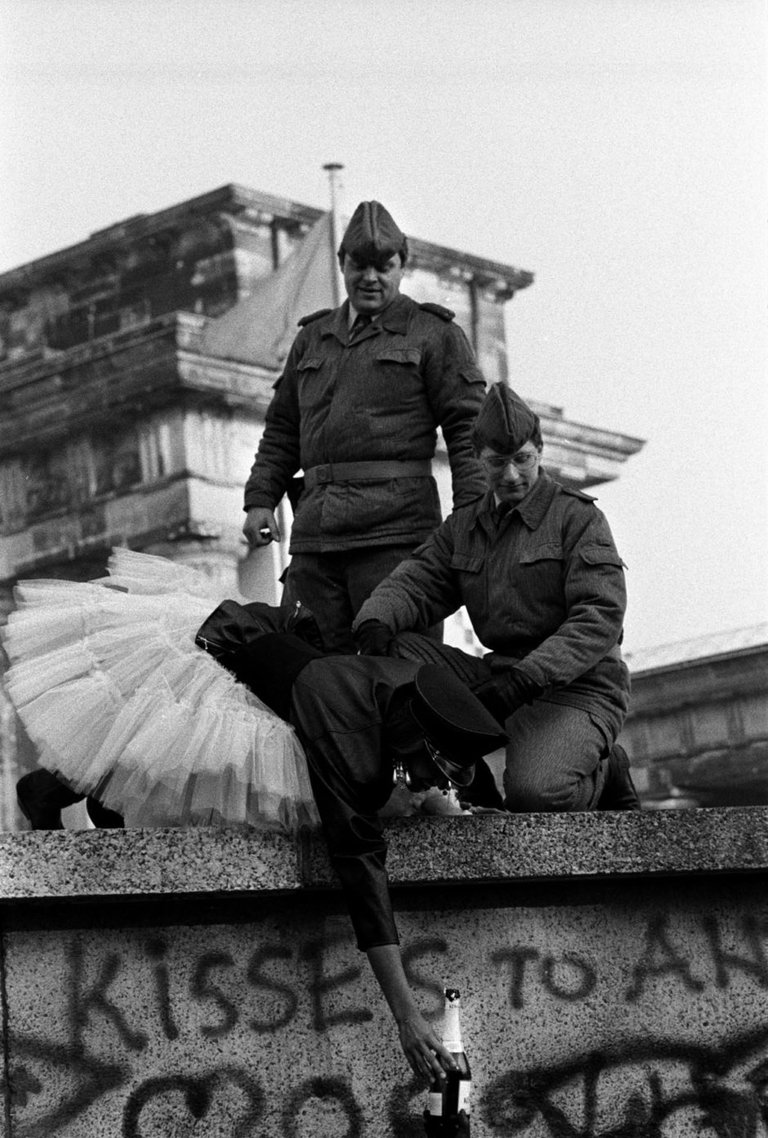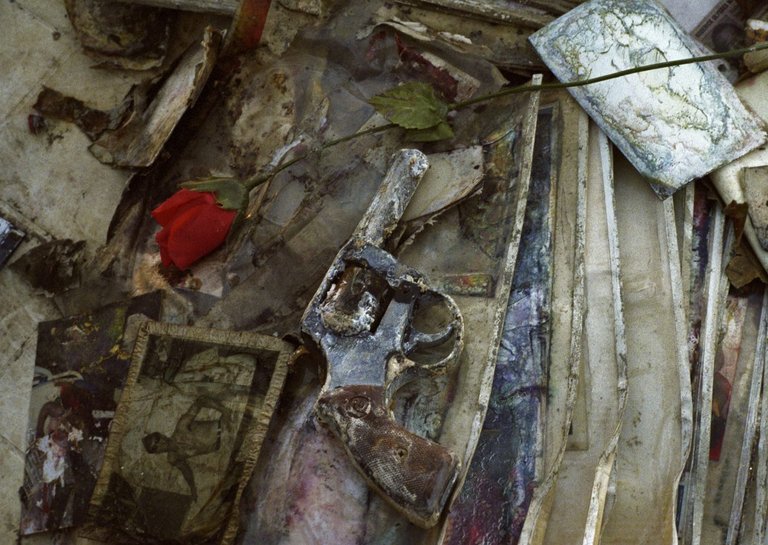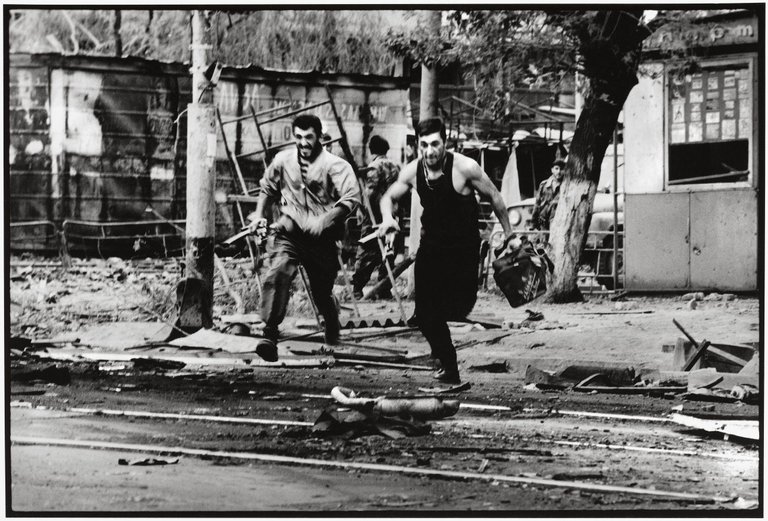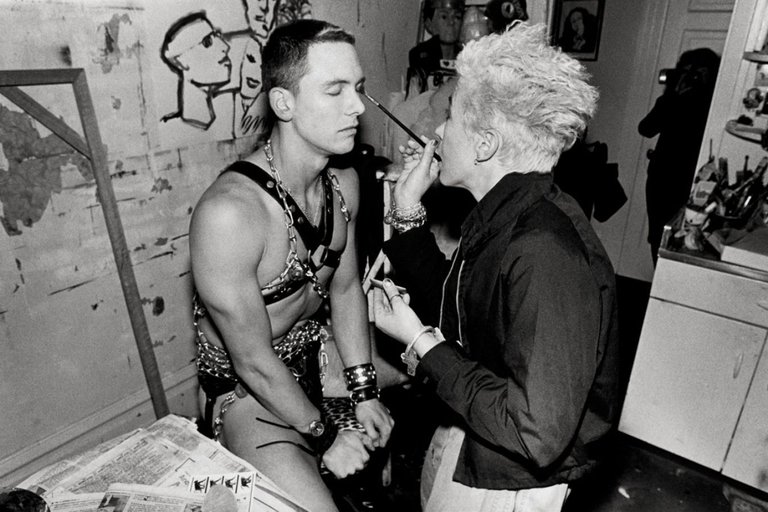Stanley Greene, 1949-2017 was an American photojournalist. He photographed wars and poverty in Africa, the former Soviet Union in Central America, Asia, and the Middle East, but his work is best known for covering the war in Chechnya. He has received, among others, the W. Eugene Smith Award and the World Press, which has been awarded five times. He has published a number of books, including Chechen 1994-2003: Trolley and Black Passport. Stanley Greene is a founding member of the Noor agency. He is based in Paris and New York.
Stanley Greene was born into a middle-class family. Both of his parents were actors. The father was a trade unionist and one of the first African Americans elected as a leader in the Screen Actors Guild, and the Harlem Renaissance movement. His father was placed in the 1950s on a blacklist of Communists and was forced to play anonymous subordinate roles in the cinema. His parents gave him his first camera at the age of eleven.
Stanley Greene began his career as a painter, but he also took pictures as a way to bring together the scenes he painted. In 1971, while a member of the African-American Black Panthers Revolutionary Movement and against the Vietnam War, his friend, photographer William Eugene Smith, offered hima place in his studio and encouraged him to study photography at school. New York Visual Arts and the San Francisco Art Institute.
At that time, Stanley Greene did some work as a photographer, including taking pictures of rock bands and working at Newsday. In 1986, he photographed fashion shows in Paris. He considered himself an amateur. He was used to cafes, taking pictures of girls and consuming heroin. After the death of one of his AIDS friends, Greene gave up drugs and began to take his photography career more seriously. He started photojournalism in 1989, when his photo Kissers to all, the Berlin wall of a ballerina within his hand a bottle of champagne, became a symbol of the fall of the Berlin Wall.

While Stanley Greene was a photographer for Agence VU in Paris, Greene was imprisoned at the White House in Moscow and risked his life during the bloody coup attempt against Boris Yeltsin.
Stanley Greene has covered war-torn countries such as Nagorno-Karabakh, Iraq, Somalia, Croatia, Kashmir (India), and Lebanon. He took pictures of the Rwandan genocide in 1994 as well as the Gulf Coast in the United States in 2005 in the aftermath of Hurricane Katrina.
Katrina Aftermath

As early as 1994, Stanley Greene became famous for his documentation of the Second World War in Chechnya, which was published in 2004 in a book, Open Wound. His photos drew the public's attention to "the suffering that marked the last Chechen resurrection after decades of struggle for independence".
Chechenya by Stranley Greene

In 2008, Stanley Greene revealed hepatitis C, probably in Chad in 2007, because of a contaminated razor. After a cure, he went to Afghanistan where he photographed a story titled Addiction Crisis and Infectious Disease.
He died in May 2017, following a long illness.











@siavach, happy Steemian, Photographer, Salsa Dancer and Art Lover
Thank you for this discovery!
Thank you for sharing these photographs. Stanley Greene was a great photographer and his images really told the story he was covering.